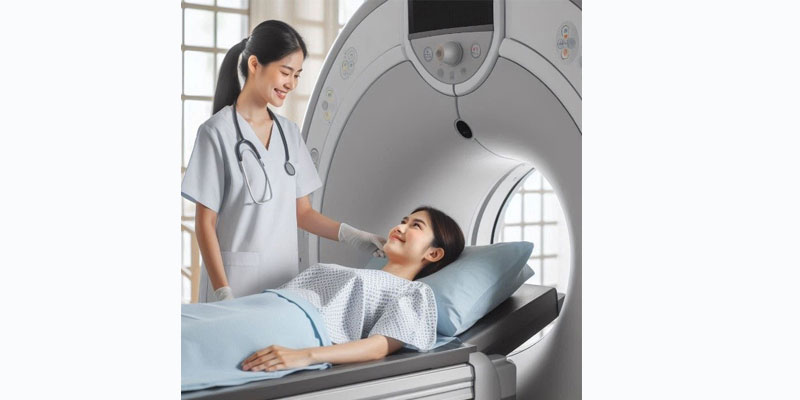When it comes to diagnosing cancer, early detection is critical. One of the most powerful tools in the fight against cancer is the PET-CT scan. However, what exactly is a PET-CT scan, and how does it differ from a regular CT scan? Understanding these differences can help you make informed decisions about your health and the health of your loved ones.
CT Scans vs. PET Scans: What’s the Difference?
A CT (Computed Tomography) scan is a widely used imaging technique that provides detailed pictures of structures inside the body. It’s particularly effective in identifying abnormalities like lumps or nodules in organs such as the lungs, liver, or brain. However, while a CT scan can tell you that a lump exists, it doesn’t necessarily tell you what that lump is. Is it a harmless benign tumor, or is it something more concerning, like cancer? This is where the PET (Positron Emission Tomography) scan comes into play.
How PET Scans Help Detect Cancer?
Unlike a CT scan, a PET scan is designed to show how tissues and organs are functioning at the cellular level. Cancer cells, which grow and divide more rapidly than normal cells, tend to have a higher rate of metabolism. This increased metabolic activity means that cancer cells consume more energy, often in the form of glucose.
During a PET scan, a small amount of radioactive glucose (or another tracer) is injected into the body. This tracer travels through the bloodstream and is absorbed by cells with high metabolic rates—such as cancer cells. The PET scan then detects the radiation emitted by the tracer, producing images that highlight areas of high activity. Tumors, especially cancerous ones, will absorb more of the tracer, making them stand out clearly on the scan.
The Power of PET-CT Scans: Combining Structure and Function
A PET-CT scan combines the best of both worlds. The CT component provides detailed images of the body’s structure, pinpointing the exact location of a lump or abnormality. The PET component then overlays these images with data about how the tissue is functioning. This combination allows doctors to see not just where a tumor is, but also whether it’s likely to be cancerous.
For example, a CT scan might reveal a suspicious nodule in the lung. A PET scan can then be used to determine if this nodule is absorbing high levels of the tracer, indicating that it could be cancerous. This ability to differentiate between benign and malignant tumors makes PET-CT scans an invaluable tool in cancer diagnosis.
Why PET-CT Scans Matter in Cancer Treatment
One of the most significant advantages of PET-CT scans is their ability to catch cancer early, often before symptoms appear or before it spreads to other parts of the body. Early detection is crucial because it opens the door to a wider range of treatment options and can significantly improve survival rates.
In addition to diagnosing cancer, PET-CT scans are also used to:
– Stage Cancer: Determining how far cancer has spread is essential for choosing the right treatment.
– Monitor Treatment Progress: PET-CT scans can show whether a tumor is responding to treatment by comparing scans taken before and after therapy.
– Detect Recurrence: After treatment, PET-CT scans can help detect whether cancer has returned, often before it causes symptoms.
Creating Awareness: The Importance of PET-CT Scans
Despite their effectiveness, many people are unaware of what PET-CT scans are or how they can be used in cancer care. By spreading awareness, we can encourage more individuals to take advantage of this life-saving technology. Early detection through PET-CT scans can make a profound difference in the outcomes of cancer treatment, potentially saving lives.
If you or someone you know is at risk for cancer, talk to your doctor about whether a PET-CT scan might be appropriate. Understanding the role these scans can play in early detection, diagnosis, and treatment can empower you to take control of your health.
A PET-CT scan is more than just an imaging test; it’s a window into the body’s inner workings, capable of revealing cancer’s presence and providing crucial information for treatment. While a regular CT scan shows us where abnormalities are, a PET scan tells us what those abnormalities might be. Together, they offer a powerful tool in the early detection and management of cancer.
By increasing awareness of the benefits of PET-CT scans, we can help more people catch cancer early, when it’s most treatable. Knowledge is power, and understanding the value of PET-CT scans could be the key to saving lives.

